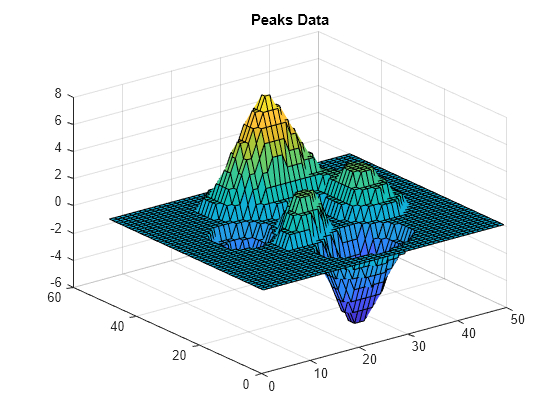ncread
Read data from variable in netCDF data source
Syntax
Description
Examples
Input Arguments
Output Arguments
More About
Tips
MATLAB interprets data as column major, but the netCDF C API interprets data as row major. Multidimensional data in the netCDF C API shows dimensions in the reverse of the order shown by MATLAB and consequently appears transposed.

![Figure contains an axes object. The axes object with title Peaks Data Starting at [25 17] contains an object of type surface.](../../examples/matlab/win64/ReadVariableStartingAtSpecifiedCoordinatesExample_01.png)
![Figure contains an axes object. The axes object with title Peaks Data Subsampled by [2 3] contains an object of type surface.](../../examples/matlab/win64/SubsampleVariableDataExample_01.png)